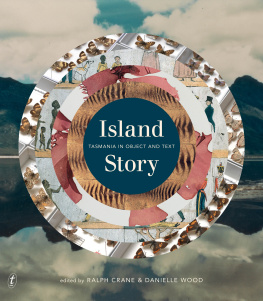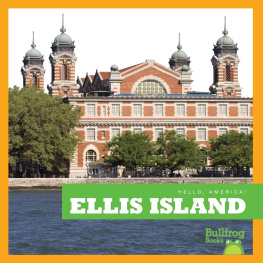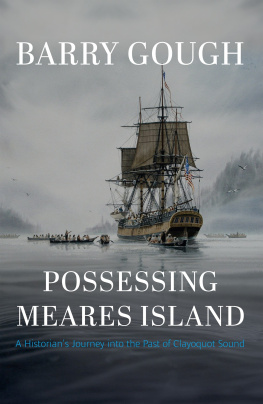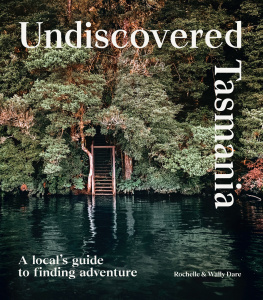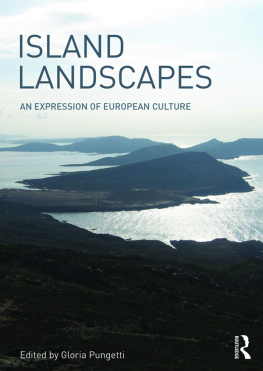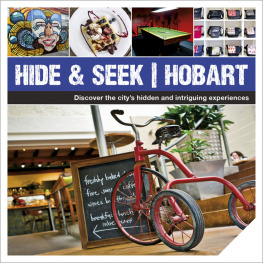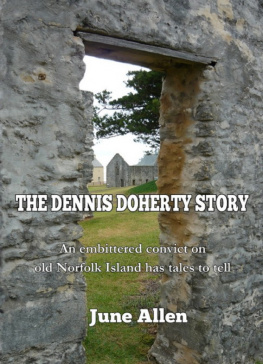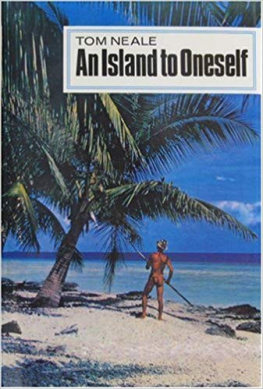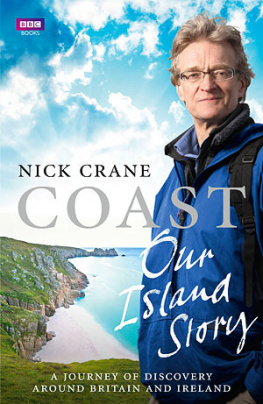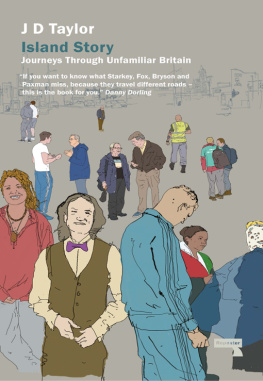

Island Story
Indigenous dispossession, a cruel penal history, gay-rights battles; exceptional landscapes, unusual wildlife, environmental activism; colonial architecture, arts and crafts, a thriving creative sceneall are part of the story of Tasmania. And they find their expression in the unparalleled collection of Hobarts Tasmanian Museum and Art Gallery.
In Island Story, editors Ralph Crane and Danielle Wood select almost sixty representative TMAG objects: from shell necklaces to a convict cowl, colonial scrimshaw to a thylacine pincushion, contemporary photography to a film stars travelling case. Each is paired to texts old and new, by writers as diverse as Anthony Trollope, Marie Bjelke-Petersen, Helene Chung, Jim Everett, Heather Rose and Ben Walter.
Ranging across Tasmanias nature, history and culture, this distinctive and beautiful anthology is the perfect gift for anyone interested in the island everyone is talking about.
Contents
OBJECTS AND TEXTS
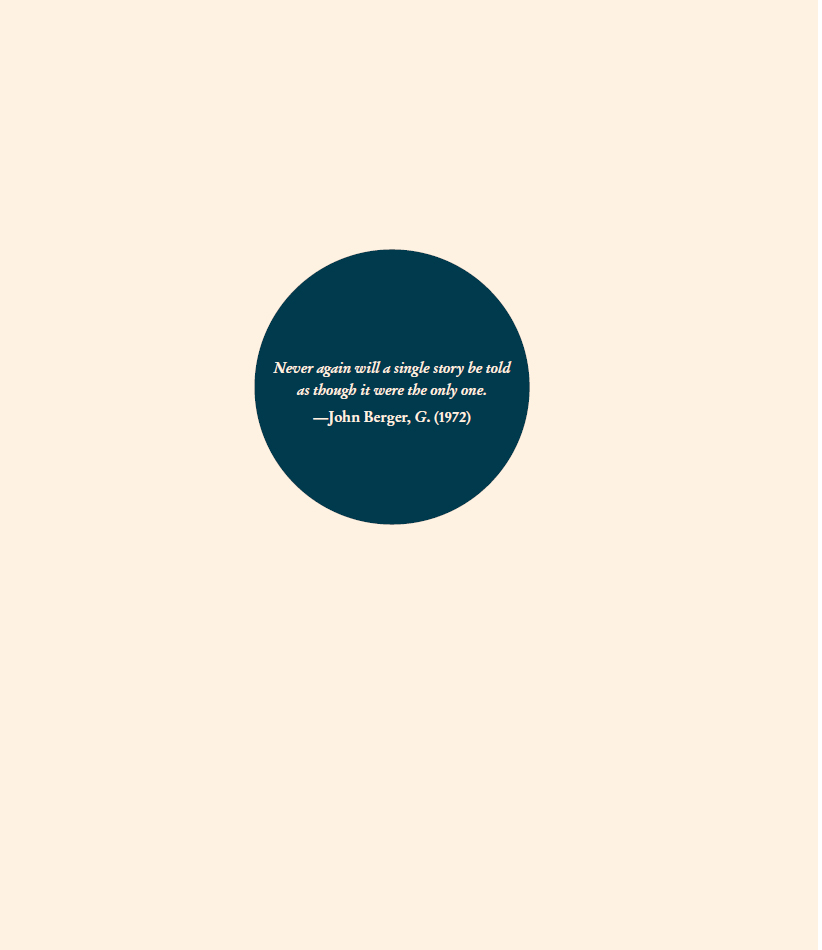
Numbers often carry particular meanings or resonances. One hundred is often chosen for best of lists100 best novels, 100 greatest films, 100 top hotels. In Douglas Adams The Hitchhikers Guide to the Galaxy, forty-two is the answer to the ultimate question of life, the universe and everything. For people of a certain age who grew up almost anywhere in the western world, fifty-seven conjures up the Heinz 57 Varieties advertising slogan. Heinz never actually sold fifty-seven products, but the number became synonymous with the notion of variety. In this book, we have brought together our 57 Varieties of the moods of Tasmania. Texts about Tasmania, many of them by Tasmanians, have been paired with objects from the collection of the Tasmanian Museum and Art Gallery (TMAG), in order that they might severally and collectively provide windows onto the islands past and present.
As we noted in our introduction to Deep South: Stories from Tasmania (2012), The literature of Tasmania has made, and continues to make, a remarkable contribution to the literature of Australia. From Tasmania came the first Australian play, the first collection of Australian essays and the first Australian novel. Short stories and poetry began appearing in periodicals in the state in the 1830s, and they continue to make substantial contributions to Tasmanian literature today. Literature about the island state comes from countries as geographically removed as Britain and the United States, as well as those closer to homeincluding New Zealand and the other Australian island.
In Tasmania the major cities do not separate museums and art galleries as is common in other states of Australia: Hobart, in the south, has TMAG; Launceston, in the north, has the Queen Victoria Museum and Art Gallery. Combining a museum, art gallery and herbarium, TMAG is the primary natural, cultural and heritage institution in Tasmania, with almost eight hundred thousand objects in its diverse collection. The sheer variety of the TMAG collection, and of the islands literary record, afforded us the opportunity to put together what we hope is an original, distinctive and exciting anthology of Tasmanias natural and cultural history.
Objects, whatever form they take, invite us to think about their history, the stories they contain and the stories they can tell. The objects represented here offer a way into the story of an island with a long history. By juxtaposing them with texts as diverse as the objects themselves, this book offers a history of Tasmania from fresh perspectives. Rather than reading the messages the texts or objects themselves carry, we invite the reader to discover new stories through the pairings of words and image. As Iff the Water Genie informs Haroun in Salman Rushdies Haroun and the Sea of Stories (1990), no story comes from nowhere; new stories are born from oldit is the new combinations that make them new. And it is new combinations that we have sought to provide here.
The focus of this book is less on the histories of the objects themselves (though these are summarised at the back), and more on the juxtaposition of object and text. Many readers will instantly recognise the painted message in Governor Arthurs four-strip pictogram, the Proclamation Board to the Tasmanian Aborigines, that Aboriginal people and European colonists would be treated alike before the law. We have paired this with an extract from the Tasmanian Aboriginal elder Jim Everetts raw and powerful story A Short Trip with Shorty ONeill, in which the Australian flag is burned during a protest in Canberra, reminding the reader about racial injustices in contemporary Australia. Object and text each tell a story; together they offer yet another story, of a history of hypocrisy and discrimination. The new combination produces the new history.
As in Neil MacGregors A History of the World in 100 Objects (2010), all the objects in this book come from one collection. Some of the objects we have chosenFloras shell necklace, Benjamin Duterraus The Conciliation, the door with stickersare regularly on display in TMAG, or have been reproduced in other publications, and will be familiar to many readers. Otherssuch as the Thylacine Response Kit and the 1920s washing machineare objects that are rarely or never displayed. The range is extraordinary in its breadth: large and small, practical and decorative, natural and cultural, crafted and manufactured.
Objects in the book are drawn from across the various TMAG collectionsfrom Indigenous Cultures, Decorative Arts, Fine Arts, History, the Photographic Collection, Zoology, the Tasmanian Herbariumand are from both the Aboriginal and non-Aboriginal worlds, showcasing Tasmanias cultural heritage, its biodiversity and the intersections between its cultures. While some of the objects link to lives and histories that are well documented and often repeated, others conjure less conspicuous narratives that will be unfamiliar to many: Jack Thwaites rucksack highlights the life of a man little known outside Tasmanian walking circles; Frances Jacksons aviators coat recalls the pioneering achievements of a Tasmanian woman in the 1930s; while Thomas Bocks portrait of Wurati (Woureddy) reminds us of an often-overlooked figure in the Tasmanian Aboriginal peoples resistance to the theft of their land.
The accompanying texts are mined from literature in its broadest sensebroader than might be found in a literary anthology, though many of the major figures in Tasmanian writing nevertheless appear in this book. We have chosen fiction and non-fiction from the eighteenth to the twenty-first century, including poetry and drama, travelogues and journalism, novels and short stories, memoirs and journals, petitions and speeches, and childrens stories. Like the objects, each extract carries its own artistic and cultural value. Our aim in pairing the texts with diverse objects is to allow both elements to shine but neither one to dominate.
Hannah Dyers sampler, paired with an extract from Caroline Leakeys pioneering novel The Broad Arrow, and Captain Reynolds workbox, paired with two twentieth-century works by the celebrated Tasmanian poets Andrew Sant and Margaret Scott, are jigsaw-puzzle pieces that help us not only to imagine colonial life in Hobart in the middle decades of the nineteenth century, but also to see how that past continues to echo in the present. Similarly, Ricky Maynards photographs and the extract from Nathan Maynards play
Next page
